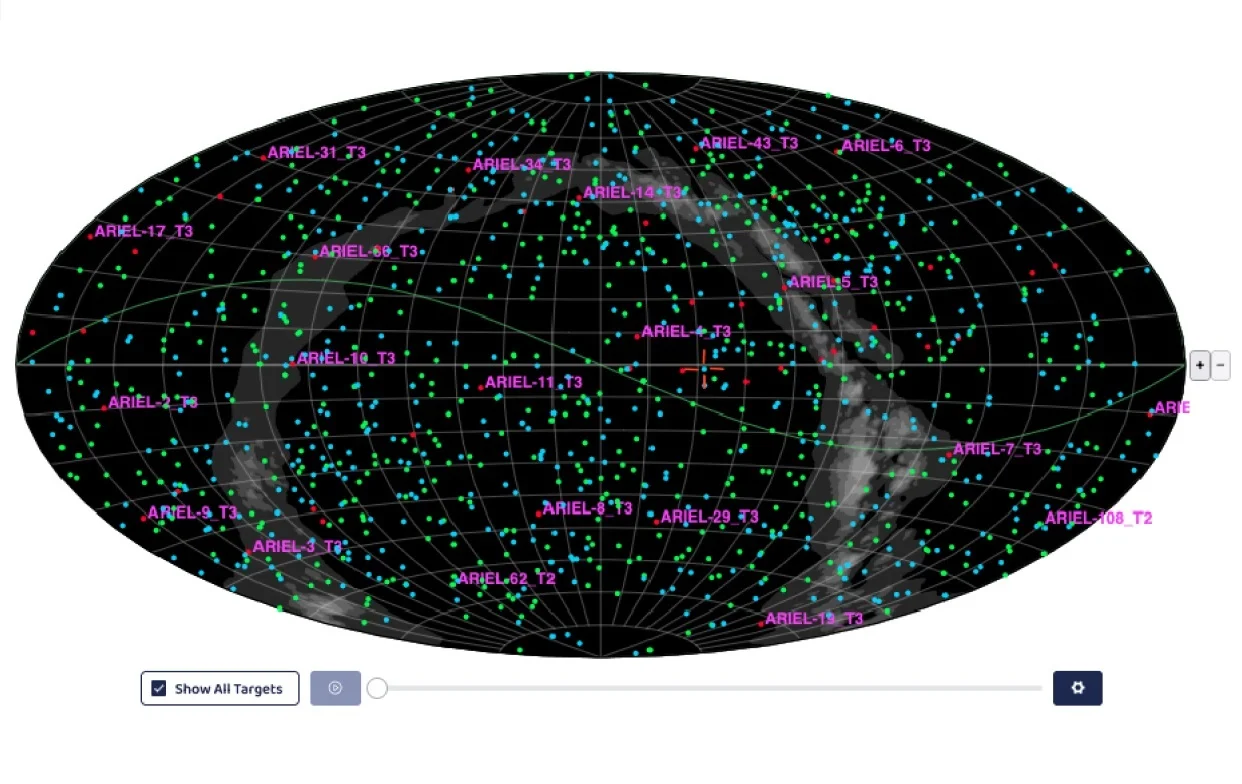Technologies portfolio
Artificial Intelligence technologies for time/resource planning and scheduling

A key innovative solution for planning operations of space missions and astronomical instruments

Nowadays, automatic scheduling techniques are essential to plan the operations of space missions, ground-based observatories or astronomical instruments. Artificial Intelligence technology is a key and innovative solution for such purposes. Planning solutions are complex and optimised plans must be looked for into extensive multidimensional spaces. Besides, nondeterministic conditions (e.g. weather) usually constraint the observations, so plans must be continuously adapted, complicating the problem significantly.
At the IEEC, within the STARS (Scheduling Telescopes as Autonomous Robotic Systems) project framework, we explore different local and global Metaheuristic Optimization algorithms, including Evolutionary Computation and Swarm Intelligence, to obtain flexible, robust, and optimal operation plans to be performed in specific observatories for a period of time, which can range from minutes to several months or years. Complementary, we develop a graphical user interface to visualise the planning results, to be used either by the IEEC planning tools or by third-party planning outputs with a compatible format. This tool makes the interpretation of the plans easier by producing Gantt charts—one of the most popular and useful ways of showing tasks or events displayed against time—, and providing several filtering options and statistics.
The developed technologies have been consolidated in facilities managed by the IEEC, as the robotic Joan Oró Telescope, located at the Montsec Observatory—in operation since 2007—and they have also been exported to other large observatories and space missions: CARMENES (in operation since 2016), CTA (in operation in 2021), Ariel (scheduled launch on 2029), and PLATO (scheduled launch on 2026). The CHEOPS Consortium is using the graphical user interface as a stand-alone visualisation tool.
Other potential applications include industrial and flexible manufacturing control, smart cities and smart buildings, flight control systems for airports and airlines, and logistics management.
